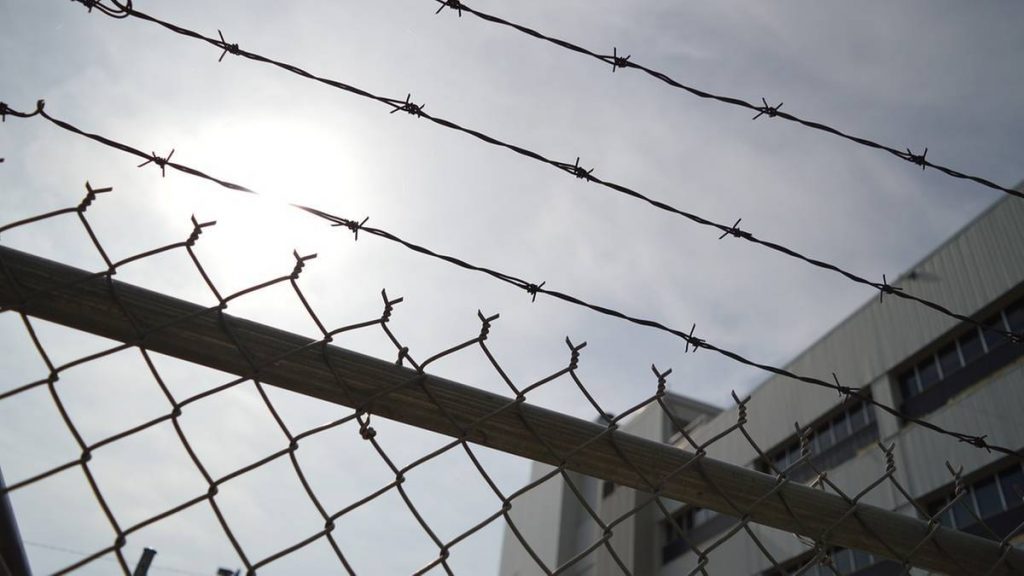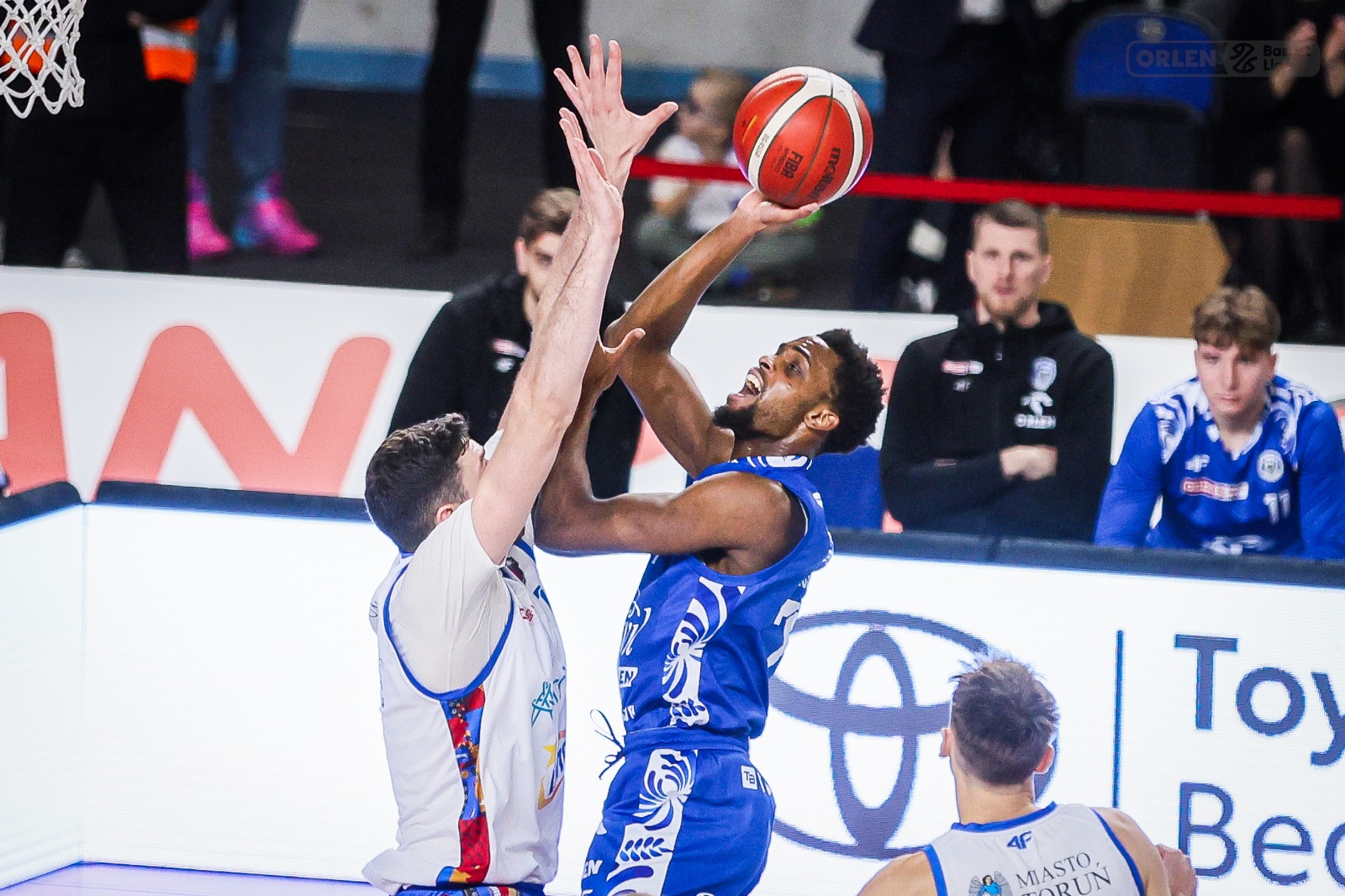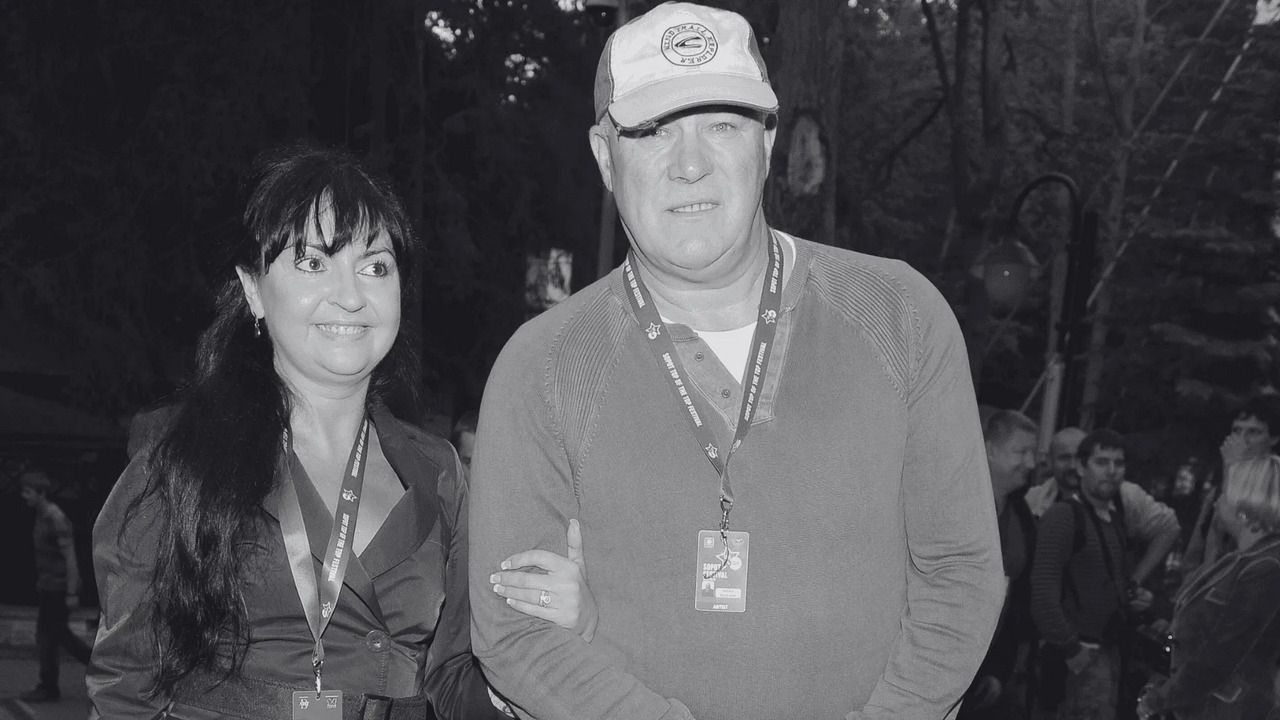
DALLAS- Southwest Airlines (WN) is rolling out a major cockpit safety upgrade across its Boeing 737 fleet to help pilots avoid critical errors during takeoff and landing. The system provides alerts for high-risk scenarios like approaching the wrong runway or landing too fast.
More than 700 aircraft in the airline’s fleet, operating out of airports like Dallas Love Field (DAL), have already been equipped with SmartRunway and SmartLanding, developed by Honeywell Aerospace.
 Photo: TOMAS DEL CORO | Flickr
Photo: TOMAS DEL CORO | FlickrSouthwest New System
The new system is part of Honeywell’s Enhanced Ground Proximity Warning System (EGPWS) and includes two powerful software upgrades: SmartRunway and SmartLanding, PYOK flagged.
These features give pilots real-time visual and aural alerts when they are flying too fast, too high, or about to use an incorrect runway or taxiway.
This situational awareness aims to prevent incidents during the most vulnerable phases of flight.
Southwest initiated this installation after several serious incidents, including an event in July 2024, when a 737 MAX on approach to Tampa International Airport (TPA) descended to just 150 feet over the bay, with the crew unaware of the proximity to the water until ATC intervened.
In another case, a flight at Orlando International Airport (MCO) nearly took off from a taxiway before being stopped by air traffic control.
Honeywell reports that approximately 87% of the airline’s fleet has already been upgraded, with completion expected soon. These enhancements are certified for most Airbus and Boeing models, benefiting both commercial and business aviation platforms.
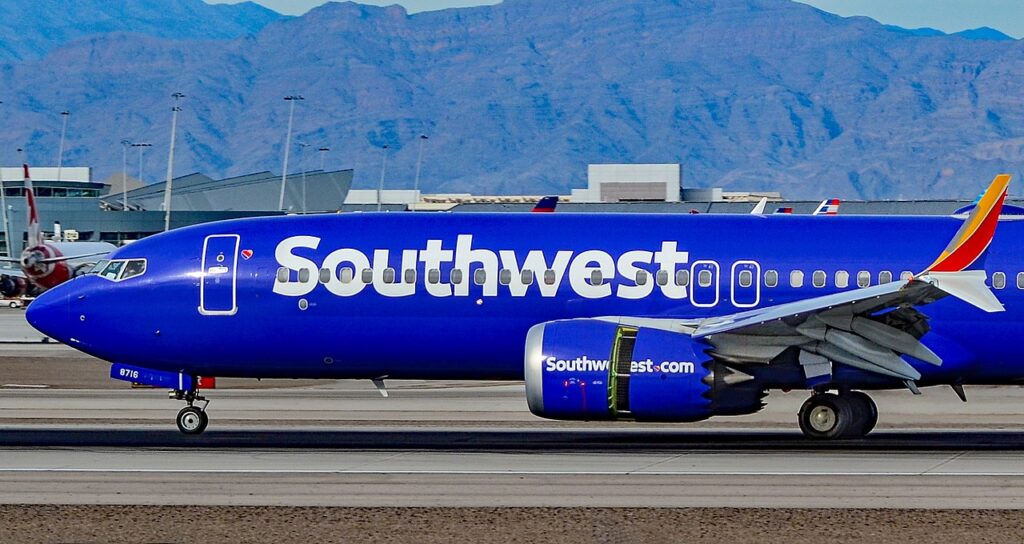 Photo: By Tomás Del Coro – https://www.flickr.com/photos/tomasdelcoro/49898991303/, CC BY-SA 2.0, https://commons.wikimedia.org/w/index.php?curid=103538454
Photo: By Tomás Del Coro – https://www.flickr.com/photos/tomasdelcoro/49898991303/, CC BY-SA 2.0, https://commons.wikimedia.org/w/index.php?curid=103538454Recent Incidents
A string of runway-related incidents involving Southwest prompted the airline and regulators to act. Among them:
- February 2025: A near collision at Chicago Midway Airport (MDW) as a private jet entered the runway.
- October 2024: A landing at Long Beach Airport (LGB) while a small aircraft was still on the runway.
- June 2024: Low-altitude approaches at Will Rogers World Airport (OKC) and a takeoff from a closed runway at Portland Jetport (PWM).
- April 2024: A near-ocean impact shortly after departing Lihue Airport (LIH) in Hawaii.
- March 2023: A takeoff over an ambulance at Baltimore/Washington Airport (BWI).
In response, Southwest has also required additional training sessions for its pilots at its Dallas HQ to reinforce risk management during critical flight operations.
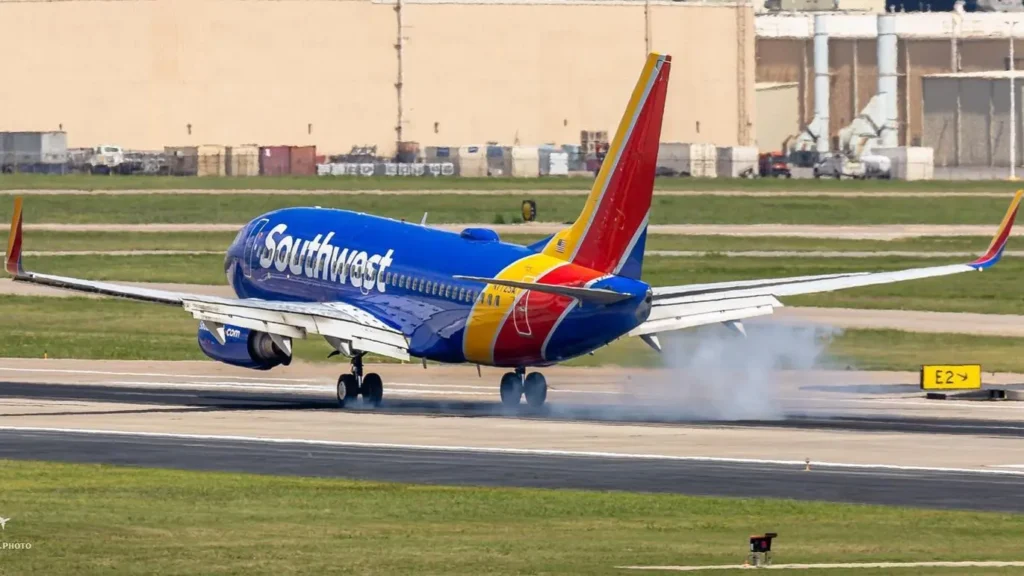 Photo: Cado Photo
Photo: Cado PhotoSURF-A: Next Evolution
Looking ahead, Honeywell is testing a new runway alerting system called SURF-A, which is designed to detect potential collisions with aircraft or vehicles already on the runway.
Unlike existing systems, SURF-A uses a combination of GPS, ADS-B, and advanced data analytics to issue cockpit alerts before the pilot even sees the obstruction.
SURF-A is pending regulatory approval and is expected to be certified for use in commercial aircraft by 2026. Honeywell states that SURF-A builds upon the EGPWS platform, offering an additional layer of safety in dense and complex airport environments.
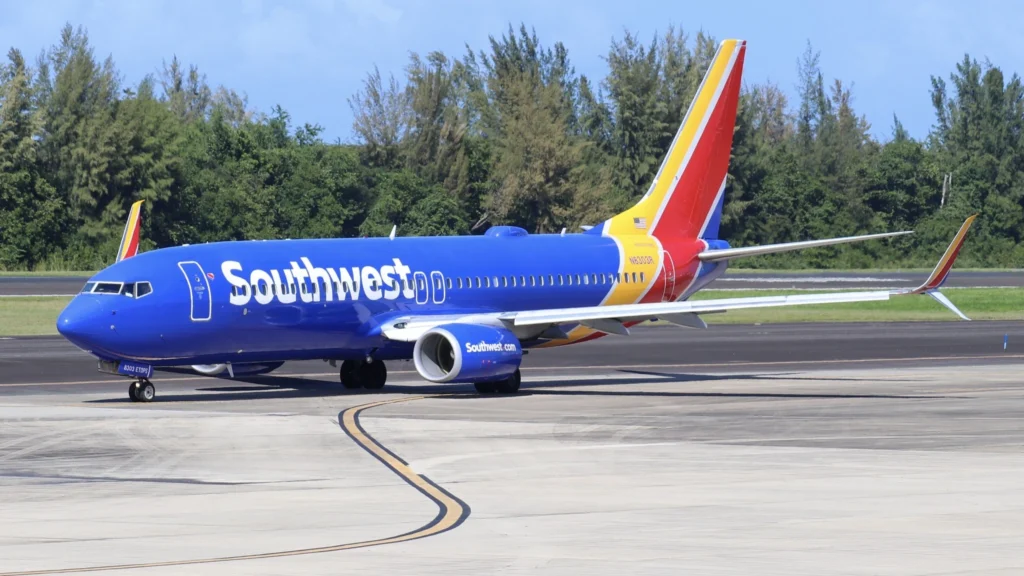 Photo: Tim | Flickr
Photo: Tim | FlickrLong Standing Partnership
Southwest’s leadership emphasizes that these steps reflect its long-standing commitment to safety.
According to Andrew Watterson, COO of Southwest Airlines, “Honeywell’s software gives our pilots enhanced tools to manage complex runway operations, ensuring the highest level of safety across our network.”
Southwest was also the first airline to integrate Honeywell’s Integrated Multi-Mode Receiver into its fleet and previously selected Honeywell flight deck systems for its order of 240 Boeing 737 MAX aircraft in 2015.
Stay tuned with us. Further, follow us on social media for the latest updates.
Join us on Telegram Group for the Latest Aviation Updates. Subsequently, follow us on Google News
Southwest Airlines Eyes First Transatlantic Flight from 2026
The post Southwest Installing New System So Pilots Avoid These Mistakes appeared first on Aviation A2Z.








